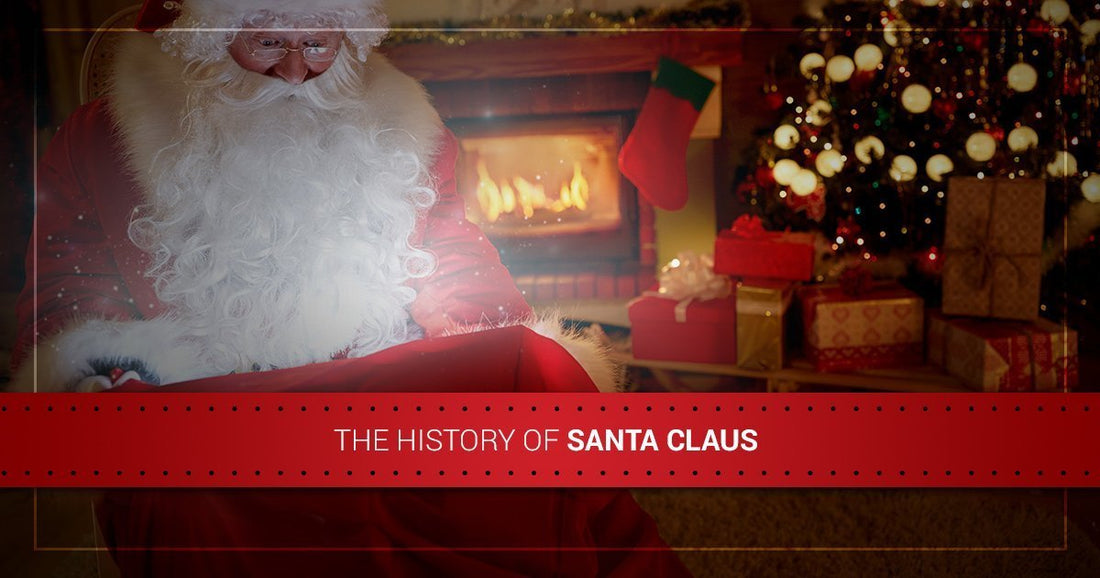
The History of Santa Claus
Share
Though there are many beloved figures associated with Christmas, Santa Claus is indisputably one of the most popular. Your children look forward to his visits every year, and you probably have at least one Santa hat tucked away in your stockpile of decorations and LED Christmas lights. In today’s post, we’re going to take a look at the interesting history behind this iconic Christmas figure. While there are many myths and legends from around the world that play a role in our Christmas celebrations, we will be looking primarily at the influence of one major figure in today’s post.
When you’ve finished reading this post, be sure to visit our extensive online store to pick up the LED Christmas lights you need to make your home stand out to Santa as he flies overhead!
Our story begins more than a thousand years ago in the third century. You’ve probably heard Santa Claus referred to as Saint Nick, and this name is derived from a monk by the name of — you guessed it — Saint Nicholas. Though we don’t know the exact year of his birth, scholars estimate that it took place sometime around the year 280 A.D. in an area that is now part of Turkey. While there are many myths and legends about Saint Nicholas and his travels, almost all of them feature themes of charity, goodwill, and kindness throughout. Saint Nicholas remained an honored figure throughout Europe for the next fifteen centuries before making an impact on the United States. 
The legend of Saint Nicholas first made its way to the United States in 1773, when a Dutch celebration of Saint Nicholas was reported in a New York paper. Yearly celebrations of Saint Nicholas continued until he became a more prominent part of the public culture, though he wasn’t known only by his full name. In fact, he was often referred to by the nickname listed below:
- Full Dutch name: Sint Nikolaas
- Dutch nickname: Sinter Klaas
We derive “Santa Claus” from Saint Nicholas’ Dutch nickname.
Christmas shopping in America began to become popular in the 1820s, with storefronts creating amazing Christmas decoration displays to impress the public. Among the figures depicted in the advertisements, a man somewhat resembling the Santa Claus we know and love today made an appearance (though he was wearing trunk hose instead of his iconic red coat).
Santa’s likeness and outfit as we know them today weren’t created until the 1880s, when a cartoonist by the name of Thomas Nast depicted Santa Claus as a round old man with a bushy white beard, rosy red cheeks, plenty of toys, and the classic red suit we’re familiar with today. This depiction of Santa became so popular in the United States that many department stores would advertise that Santa himself had made time in his schedule to meet with children! By the 1890s, the Salvation Army was hiring Santa lookalikes to help raise money for the poor, and this practice can still be observed today. Santa continued to become a central element of Christmas culture over the decades, making appearances in plays, movies, music, advertisements, and even in commercials for a popular soft drink!
It’s hard to overstate the importance and prevalence of Santa Claus in our culture today. While our concern for the length of this post inevitably leaves some details out, you now know the basic history of Santa Claus was created.
Santa is known for spreading Christmas cheer, and you can spread your own cheer with LED Christmas lights from The Christmas Light Emporium! With vibrant colors and durable materials, our Christmas lights and decorations will bring merriment and joy to your neighborhood for years to come. Shop our extensive catalog today!













